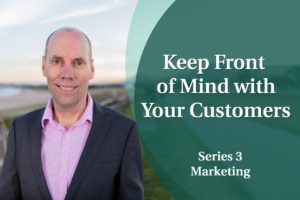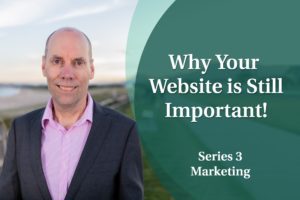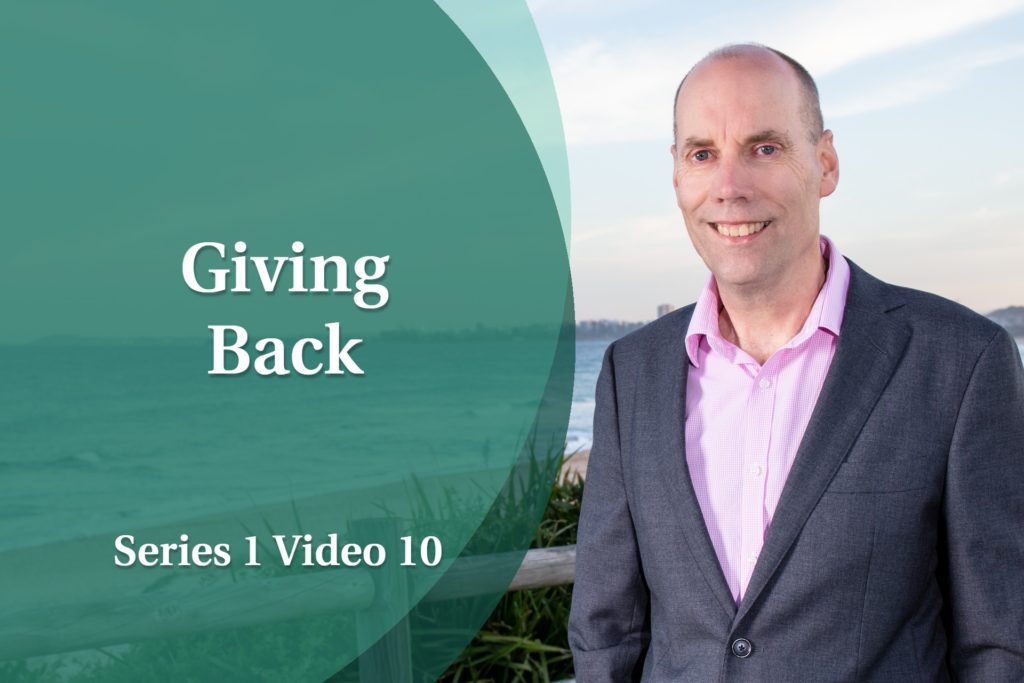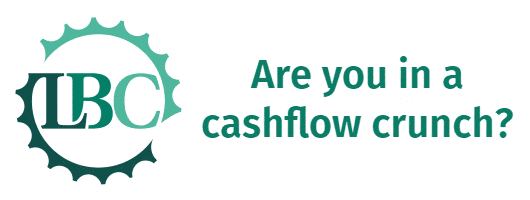
by Phil Latz
Hi, welcome to the ninth blog in my personal growth series that I hope will help you become more successful in your business.
As a business owner myself for many years, I understand the challenges that you face.
Today I’ll be sharing with you about taking collective action.
The words ‘collective action’ may bring to you connotations of trade unionism, collective bargaining and other notions that will raise the blood pressure of many business owners
But the collective action also benefits business owners.
In any industry, individual businesses do best when they understand that they’re part of a wider ecosystem and need to stay connected, just like a branch and its leaves will die unless they’re connected to the tree.
You can see examples of this throughout the history of business. It often leads to the geographical concentration of certain businesses within a particular area. For example Silicon Valley for IT companies, Hollywood for movie making and many more.
Regardless of what industry you’re in or where you’re located, there is almost certainly a trade association that you can join in return for paying a membership fee. These associations perform a wide range of roles. Most important is lobbying to government and other related agencies for favourable treatment of your industry.
They might also run training, legal advice services, annual industry awards and a national trade show.
They might manage an accreditation scheme, with minimum standards that members must meet to be able to first receive and then retain accreditation.
They might represent your industry on an Australian Standards committee or other related board that sets the requirements for products and services in your industry. Your industry association might also set a code of conduct and minimum standards for its members.
Another important asset that can only be created collectively is industry-wide data.
It’s invaluable to know what is happening across your industry in relation to total sales, trends in sales, stock holdings, average prices and so on.
Usually, the only way this information can be collected is through a critical mass of industry members agreeing to take collective action, and share their data.
This is usually done through a third party auditor so that individual figures remain confidential and only the aggregate data is shared.
Related to this is benchmarking. The Australian Taxation Office runs a benchmarking program for about 100 different industries. If you’re in one of those industries, you can go to their website and see how your business compares, across a range of different measures such as your sales, profitability, the rent that you pay as a proportion of your turnover and so on.
In other cases, industry associations do benchmarking reports like this for their own industry.
Few people would dispute that all of these different roles that an industry association typically undertakes are worthwhile. But the rubber hits the road when it comes to people forking out their precious cash to join. Then there’s the next level commitment of proactively getting involved or even serving on an expert committee or the board of directors.
This will involve volunteering a significant amount of your precious time for no immediate, direct financial benefit. So why should you do it, when some of your competitors will always be freeloaders?
I can speak to this topic from first-hand experience because I spent a number of years serving on the board of Australia’s bicycle industry association as well as the boards of various other charities and not for profits over the years.
There are benefits from a commercial perspective. Sitting on an industry board, allows you in a non-threatening environment to make deeper contacts with your peers who are often also your competitors. It also keeps you up to speed about new developments in your industry and even lets you help shape key industry wide decisions.
Often the lunch or dinner that may happen after the meeting, is as valuable as the meeting itself.
Of course, there has to be a balance of your time. You can’t sit on every board and committee. But it was interesting for me to observe that it was generally the busier, more successful business owners and CEO’s who were the most proactive on the board.
I hasten to add that in all of this discussion about taking collective action, I’m not talking about restrictive trade practices such as price fixing, which is illegal.
But there’s plenty of legal cooperation that can be of mutual benefit. This could be everything from sharing notes with another industry member through to sharing logistics to cut costs, such as warehouse space or shipping.
Sometimes in extreme events such as a bushfire, flood or other disasters you hear of stories where competitors directly help out the affected industry member through lending of stock, credit or equipment. To me, this is humanity at its best.
Whether you call it Karma, or something else, when you help someone in circumstances like this, what you sow generally comes back to you.
To summarise today’s topic, we don’t live and work in isolation. We’re part of an ecosystem. The more firmly you plug yourself into that ecosystem, the more your business will thrive.
I’ll go a little deeper into this principle in next blog will be the final one in my personal growth series. It will look at giving back.
I believe that with passion, consistent effort and wise advice you can succeed in your business.
I wish you all the best and I’ll see you next time.










